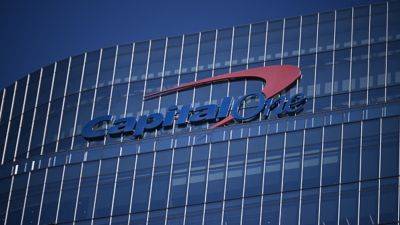Why the Dow is in such a historic funk and how concerned you should be
The Dow Jones Industrial Average has been declining for nine straight days, heading for its longest losing streak since February 1978. What is going on and how concerned should investors be?
First off, let's explain which stocks are driving the losses.
The biggest laggard in the 30-stock Dow during this losing streak has been UnitedHealth, which has contributed to more than half of the decline in the price-weighted average over the past eight sessions. The insurer has plunged 20% this month alone amid a broad sell-off in pharmacy benefit managers after President-elect Donald Trump's vow to «knock out» drug-industry middlemen. UnitedHealth is also going through a tumultuous period with the fatal shooting of Brian Thompson, the CEO of its insurance unit.
And then there's a rotation going on with investors selling out of the cyclical names in the Dow that initially popped on Trump's reelection. Sherwin-Williams, Caterpillar and Goldman Sachs, all stocks that typically gain when the economy is revving up, are each down at least 5% in December, dragging down the Dow significantly. These names all had a big November as they were seen as beneficiaries of Trump's deregulatory and pro-economy policies.
The Dow, largely comprised of blue-chip consumer discretionary and industrial names, is widely viewed as a proxy for overall economic conditions. The extended sell-off did coincide with renewed concerns about a weaker economy in light of a small jump in jobless claims data last week. However, investors still remain quite optimistic about the economy for 2025 and see nothing on the horizon like the stagflationary period of the late 1970s.
There are many reasons to believe the Dow's historic losing streak is not a source for major
Read more on cnbc.com




















